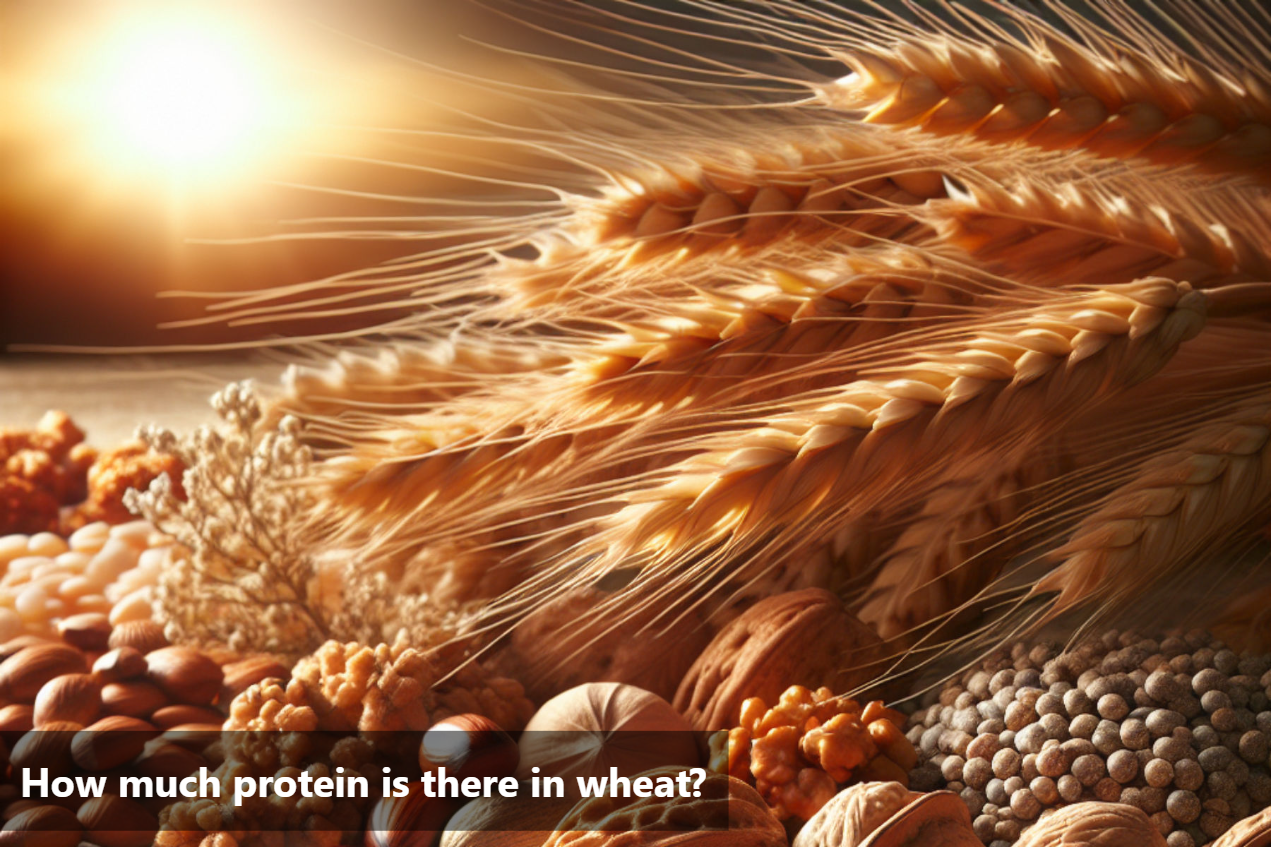
How much protein is there in wheat?
When it comes to protein sources, wheat stands out as a versatile and nutritious option. Despite commonly being associated with carbohydrates, wheat also contains a notable amount of protein, making it a valuable addition to our daily intake.
In the realm of nutrition, understanding the protein content in wheat is vital for individuals seeking to balance their macronutrient consumption. Different varieties of wheat may vary in their protein content, thereby influencing the overall nutritional profile of products made from them.
It is fascinating how wheat, a staple in many diets worldwide, contributes not only to our carbohydrate intake but also provides a decent amount of protein. This dual nutritional benefit makes wheat a valuable commodity for individuals looking to diversify their protein sources.
Recognizing the protein content in wheat and its significance in our diet allows us to make informed decisions about our food choices and strive for a well-rounded and balanced nutritional intake.

Nutritional Profile of Wheat
3.5 ounces (100 grams) of whole-grain wheat contains:
Calories |
340 |
Water |
11% |
Protein |
13.2 grams |
Carbs |
72 grams |
Sugar |
0.4 grams |
Fiber |
10.7 grams |
Fat |
2.5 grams |
Factors Affecting Protein Levels in Wheat
When it comes to the protein levels in wheat, various factors play a crucial role in determining the nutritional content of this staple grain. Understanding these factors is essential for making informed dietary choices and maximizing the benefits of wheat as a protein source.
Growing conditions significantly impact the protein content in wheat. Factors such as soil quality, climate, and agricultural practices can influence the overall protein levels in wheat varieties. For instance, wheat grown in nutrient-rich soil and optimal weather conditions tends to have higher protein content compared to crops grown in less favorable environments.
Additionally, the processing methods used on wheat can also affect its protein levels. The refining and milling processes can sometimes lead to a loss of nutrients, including proteins. Opting for whole grain wheat products instead of refined ones can help retain more of the original protein content.
Furthermore, the choice of wheat variety can determine how much protein it contains. Some wheat varieties naturally have higher protein levels than others, so selecting the right type of wheat is crucial for ensuring an adequate protein intake from this grain.
By considering these factors that influence protein levels in wheat, individuals can make informed decisions about their dietary choices and optimize their protein intake from this versatile and nutritious grain.
Wheat Delights at home
Whole Wheat Pasta with Tomato Sauce:
Ingredients:
Whole wheat pasta
Olive oil
Garlic (minced)
Canned tomatoes or tomato puree
Salt and pepper
Fresh basil (chopped)
Recipe:
Cook whole wheat pasta according to package instructions.
In a pan, heat olive oil and sauté minced garlic until fragrant.
Add canned tomatoes or tomato puree to the pan and simmer for 10-15 minutes.
Season with salt and pepper, and stir in chopped fresh basil.
Toss the cooked pasta with the tomato sauce and serve hot.
Whole Wheat Vegetable Wrap:
Ingredients:
Whole wheat tortilla or wrap
Hummus or Greek yogurt spread
Assorted vegetables (lettuce, bell peppers, cucumbers, carrots)
Feta cheese or tofu (crumbled)
Recipe:
Spread a layer of hummus or Greek yogurt on the whole wheat tortilla.
Place assorted vegetables and crumbled feta cheese or tofu on the wrap.
Roll up the tortilla tightly, slice in half, and serve.
Whole Wheat Vegetable Stir-Fry:
Ingredients:
Whole wheat noodles or spaghetti
Assorted vegetables (broccoli, bell peppers, snap peas)
Soy sauce or tamari
Garlic (minced)
Ginger (grated)
Sesame oil
Recipe:
Cook whole wheat noodles or spaghetti according to package instructions.
In a pan or wok, heat sesame oil and sauté minced garlic and grated ginger.
Add assorted vegetables to the pan and stir-fry until tender-crisp.
Toss in cooked noodles or spaghetti and soy sauce or tamari.
Stir-fry for another 2-3 minutes, then serve hot.
Whole Wheat Vegetable Pizza:
Ingredients:
Whole wheat pizza dough
Tomato sauce or pesto
Assorted vegetables (bell peppers, onions, mushrooms)
Mozzarella cheese (grated)
Olive oil
Recipe:
Preheat oven according to pizza dough instructions.
Roll out the whole wheat pizza dough on a baking sheet.
Spread tomato sauce or pesto evenly on the dough.
Top with assorted vegetables and grated mozzarella cheese.
Drizzle with olive oil and bake in the preheated oven until crust is golden and cheese is bubbly.
Whole Wheat Banana Pancakes:
Ingredients:
Whole wheat flour
Ripe bananas (mashed)
Milk (dairy or plant-based)
Baking powder
Maple syrup or honey
Vanilla extract (optional)
Recipe:
In a bowl, mix whole wheat flour, mashed bananas, milk, baking powder, and vanilla extract (if using) to form a pancake batter.
Heat a non-stick pan or griddle over medium heat.
Pour ladlefuls of batter onto the hot pan to form pancakes.
Cook until bubbles form on the surface, then flip and cook the other side until golden brown.
Serve hot with maple syrup or honey drizzled on top.

Quantifying Protein in Wheat
Wheat emerges as a notable protein source, offering an essential nutrient in our diet. It delivers a considerable amount of protein, making it a valuable component for individuals looking to meet their protein requirements through natural sources.
Understanding the protein levels in wheat is vital for optimizing one's dietary intake. By incorporating wheat products into our meals, we can elevate our protein consumption effortlessly and healthily.
In essence, the protein content in wheat varieties underscores its importance as a staple food that not only provides carbohydrates for energy but also contributes significantly to our protein needs. Therefore, integrating wheat into our meals can enhance the overall nutritional value of our diet and support our wellness goals effectively.
This Blog post is an initiative by Lo! Foods, to provide accurate and Nutritionist / Doctor approved information related to Health. Lo! Foods is India's leading brand for Everyday Functional Foods. Foods designed for specific Health conditions or Needs. Lo! Foods also runs India's largest range of Low Carb Healthy Cloud Kitchens, under the brand names of Lo!, ProteinChef, ATH (All Things Healthy) and DiabeSmart.




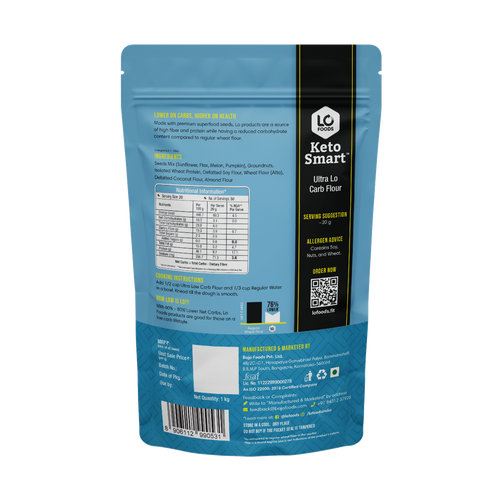
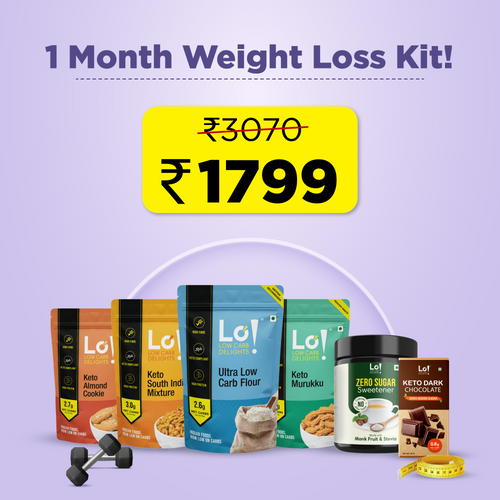



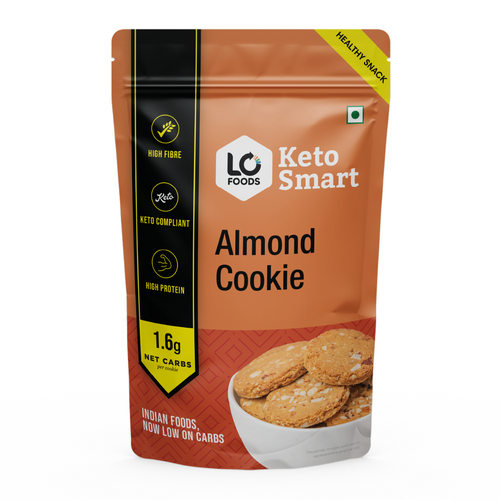
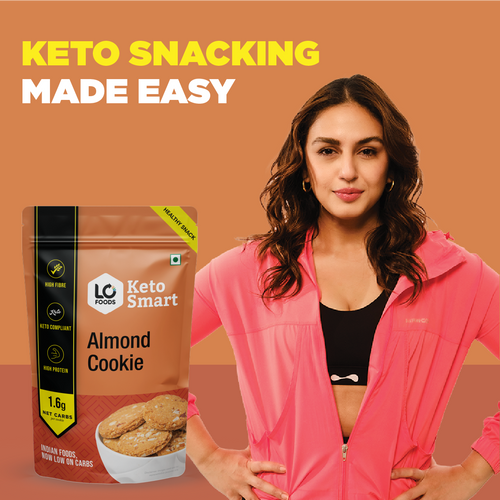




Leave a comment
Your email address will not be published.